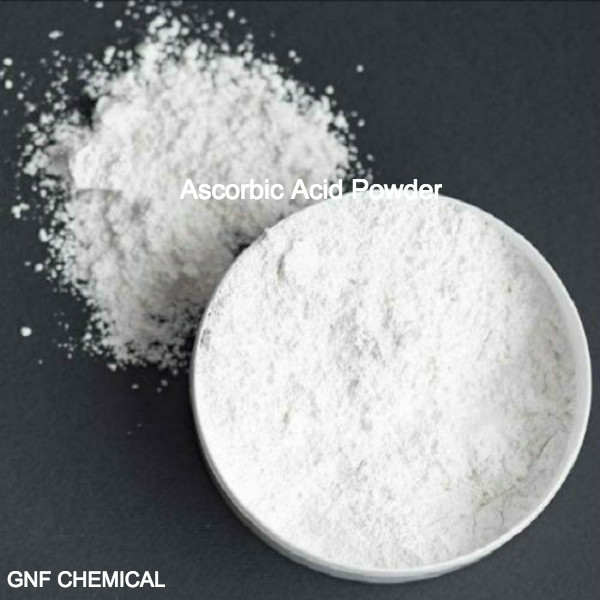Structural aspects
Ascorbic acid molecule has the phenomenon of rotary isomerization. The article of vitamin C in the Pharmacopoeia of the People's Republic of China states that it is L-ascorbic acid, chemically known as L-d-ascorbic acid, while levo-ascorbic acid is D-type, chemically known as D-l-ascorbic acid, which is also known as iso-ascorbic acid.
In terms of antioxidant properties
The antioxidant capacity of D - isoascorbic acid far exceeds that of sodium ascorbate (sodium vitamin C).
Physiological effects
Vitamin fortification: Sodium D-isoascorbate does not fortify vitamin C. However, when ingested by the body, sodium D-isoascorbate can be converted to vitamin C. Sodium ascorbate has a vitamin C fortifying effect.
Degree of antiscorbutic effect: Sodium D-isoascorbate has only about 1/20 of the antiscorbutic effect of ascorbic acid, but its effects on hepatic gluconeogenesis and pigment excretion are roughly the same as those of ascorbic acid.
Applications
Wide range of applications: both can be used in the food field, but Sodium D-isoascorbate can be used in industrial manufacturing (petroleum industry, manufacturing industry, agricultural products, storage batteries, precision castings, etc.), cosmetics (cleansing lotion, cosmetic creams, lotions, shampoos, face masks, etc.), feed (canned pets, animal feeds, aquatic feed, vitamin feeds, etc.) and other fields, and it can be used in place of glycerin. It can also replace glycerol as flavoring and anti-freezing moisturizing agent; Sodium ascorbate mainly focuses on medicinal use and nutritional enhancement of food.
Characteristics of its role in food: When making food, sodium D-isoascorbate usually does not produce acidic taste, nor does it change the original flavor of the food; sodium ascorbate added to food may have a certain acidic performance.
Safety and Dosage
Safety: Both are generally considered safe within the prescribed range of use. However, if D - Sodium ascorbate is added in excess, there is a possibility of significant allergic reactions after large quantities have been consumed; in people who are sensitive to sodium ascorbate, it may lead to side-effects such as headache, vertigo, fatigue, drowsiness and flushing of the body, but no hospitalization has been reported so far.
Dosage: Sodium D-isoascorbate has clear standards for dosage in different foods, e.g. for frozen fish, dip in 0.1% - 0.8% aqueous solution before freezing; for beverages such as fruit juices, the dosage is 0.01% - 0.03%, etc.; the dosage of sodium ascorbate in different foods is different from that of sodium D-isoascorbate and needs to be determined according to the specific type of food and the relevant standards.

